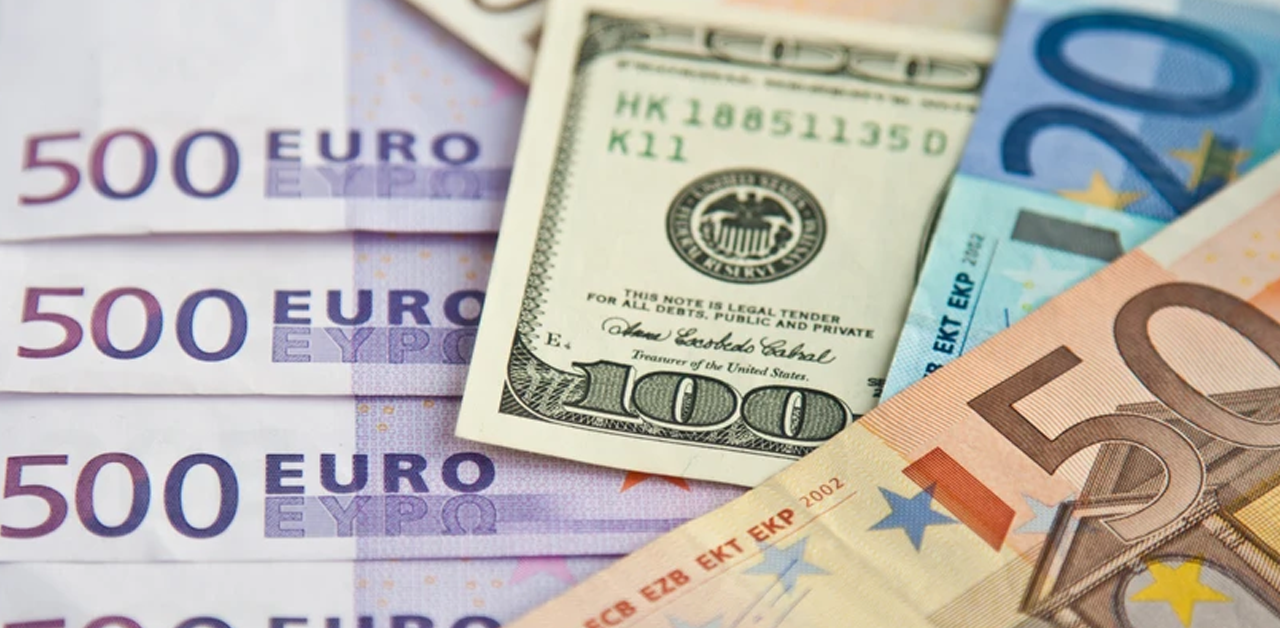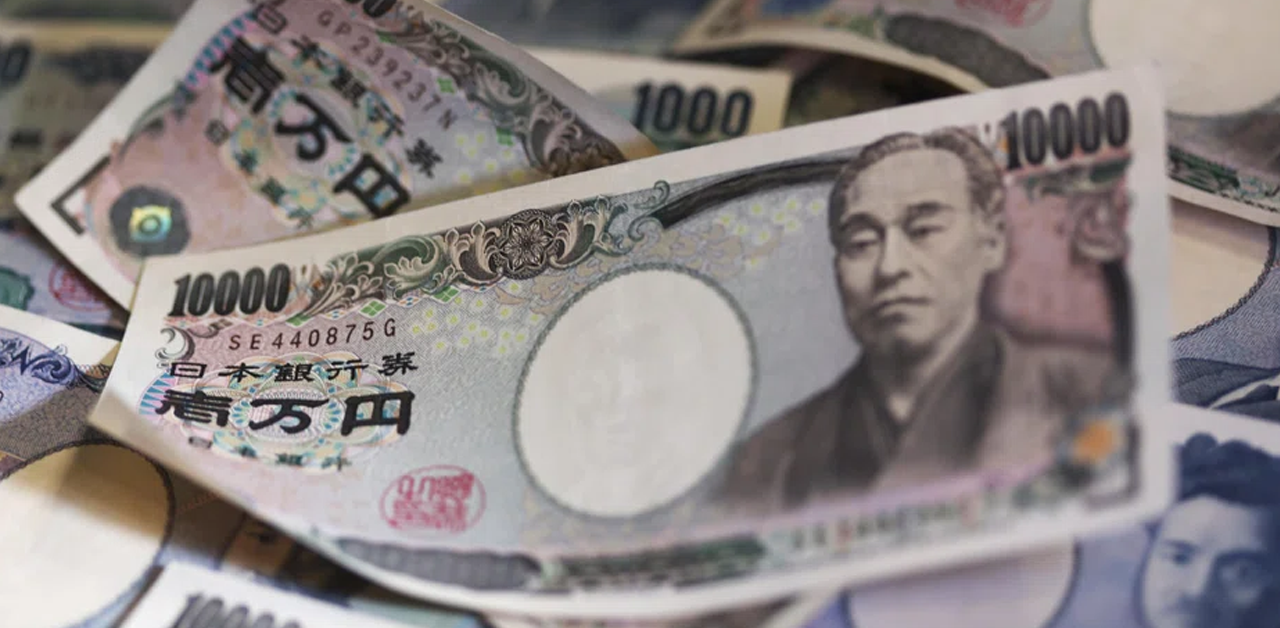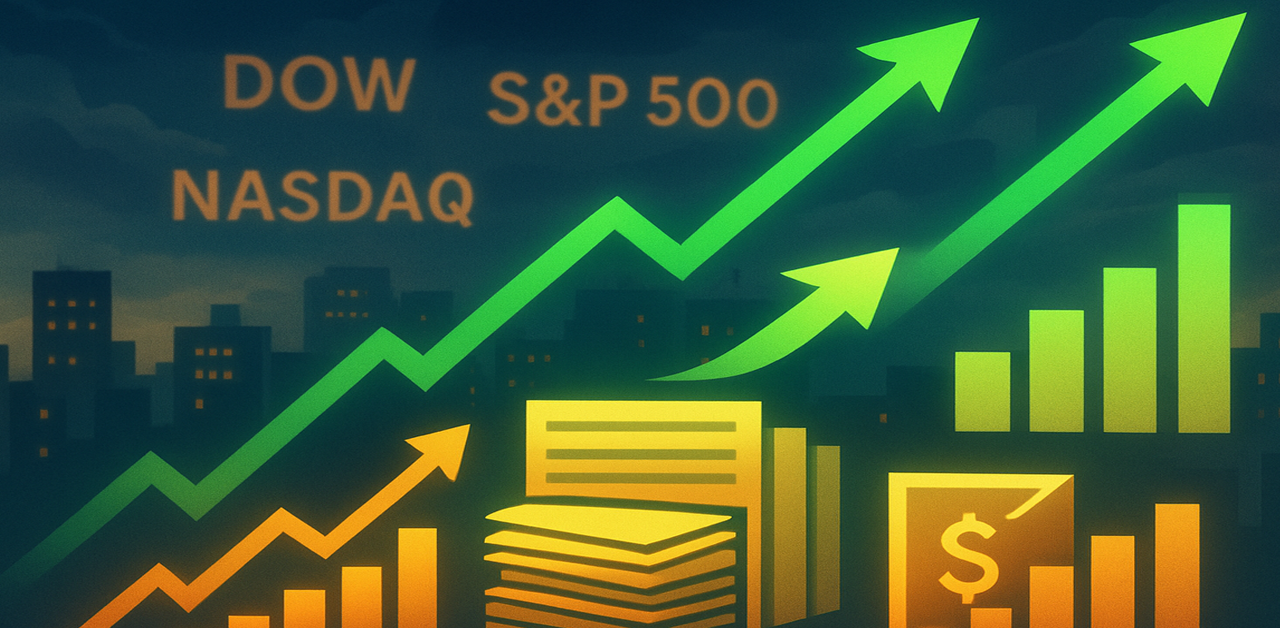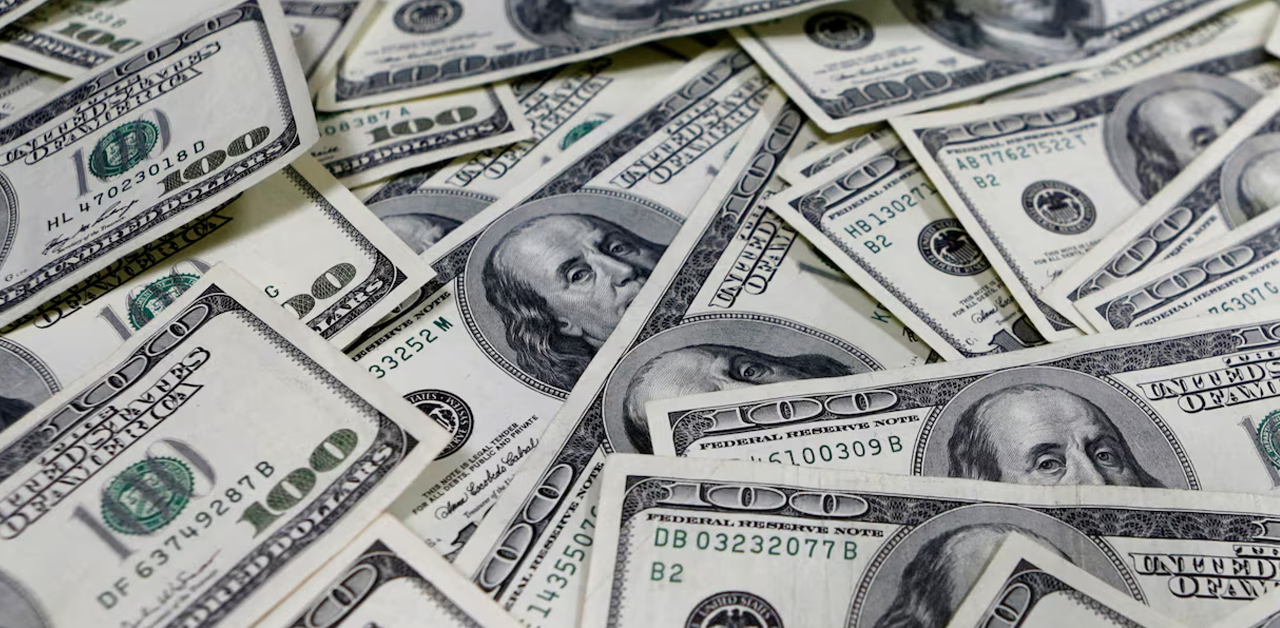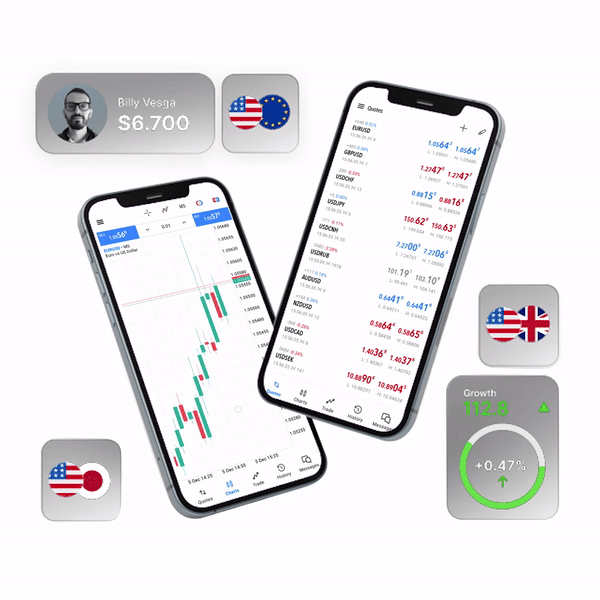The Dow is down more than 400 points, and the Nasdaq is down 2.2 percent, as Treasury rates continue to rise
Investors continued to mull over the ramifications of the Federal Reserve’s probable half-point rate rise in May, as well as a more fast liquidation of the central bank’s balance sheet than in the past, as policymakers strive to reign in inflation, which is at a 40-year high. The annual headline inflation rate for March, which will be included in the consumer-price index report on Tuesday, is projected to be higher than 8%.
According to Dow Jones Market Data, the 10-year Treasury yield 10Y increased 6.6 basis points to 2.78 percent, its highest level since Jan. 18, 2019. Meanwhile, the 30-year yield rose 7.5 basis points to 2.82 percent, the highest level since May 21, 2019. Ten-year and 30-year interest rates have risen for the seventh and sixth trading days in a row, respectively. Yields move in the inverse direction of prices.
Rising bond rates are weighing on equities, particularly tech and other growth industries, since values are predicated on predicted profit and cash flow for the foreseeable future. Because risk-free Treasury rates are higher, such future flows are less attractive in present terms.
“Even if the US earnings season — which begins this week — demonstrates strong profit growth, we suspect that earnings expectations will continue to be revised upward,” said Oliver Allen, Capital Economics’ markets analyst. “This informs our projection for limited gains in the United States stock market during the remainder of this year,” Allen said in a letter on Monday.
Despite the recent dip, Michael Darda, chief economist and market strategist at MKM Partners, believes the S&P 500 is still trading above fair value. He believes that for the equity risk premium — earnings yield minus bond yield — to return to its five-year average, one of four things must occur: bond yields fall by roughly 100 basis points, profits rise by around 20%, the stock market falls by about 17%, or some combination of the three.
“Our valuation study indicates that financials remain the most appealing cyclical sector, while healthcare is the most appealing defensive sector.” “High valuation technology throughout the capitalization structure remains a ‘avoid’ or a short in our opinion,” Darda added.

